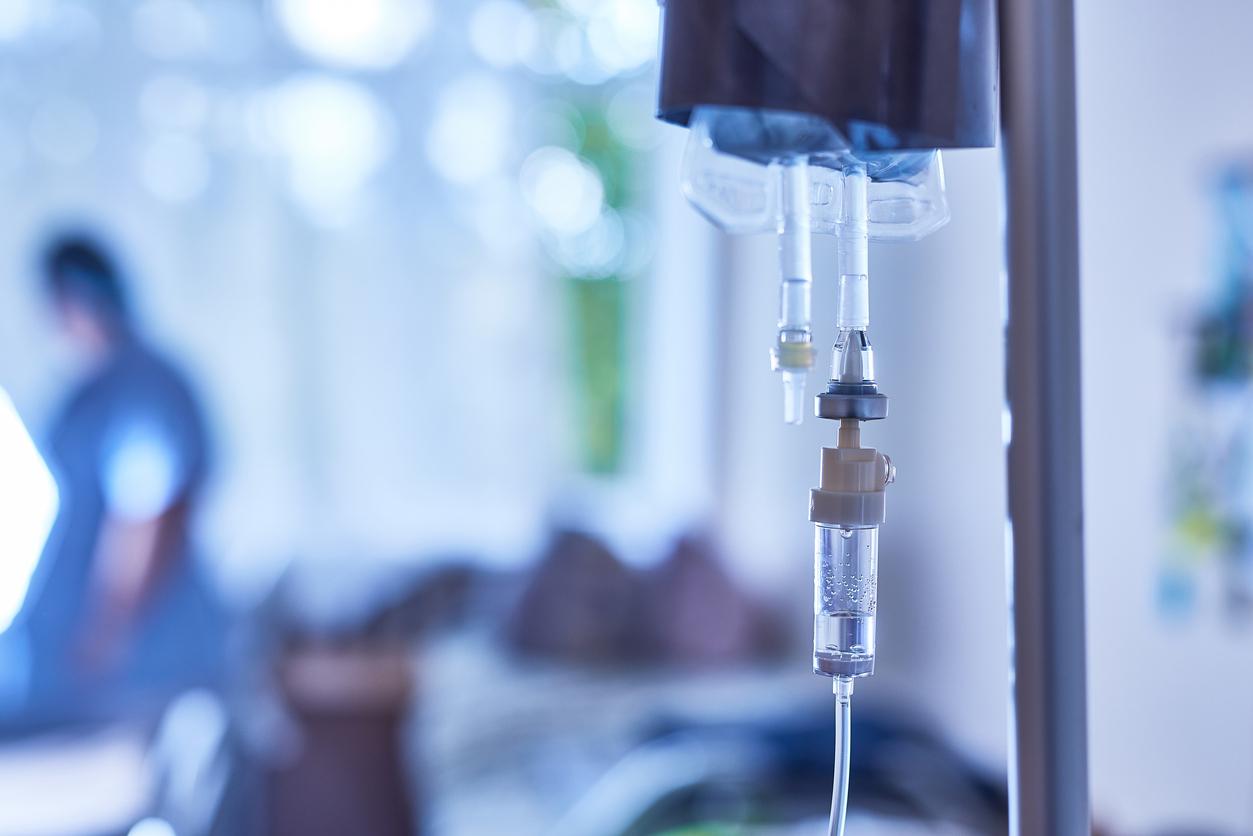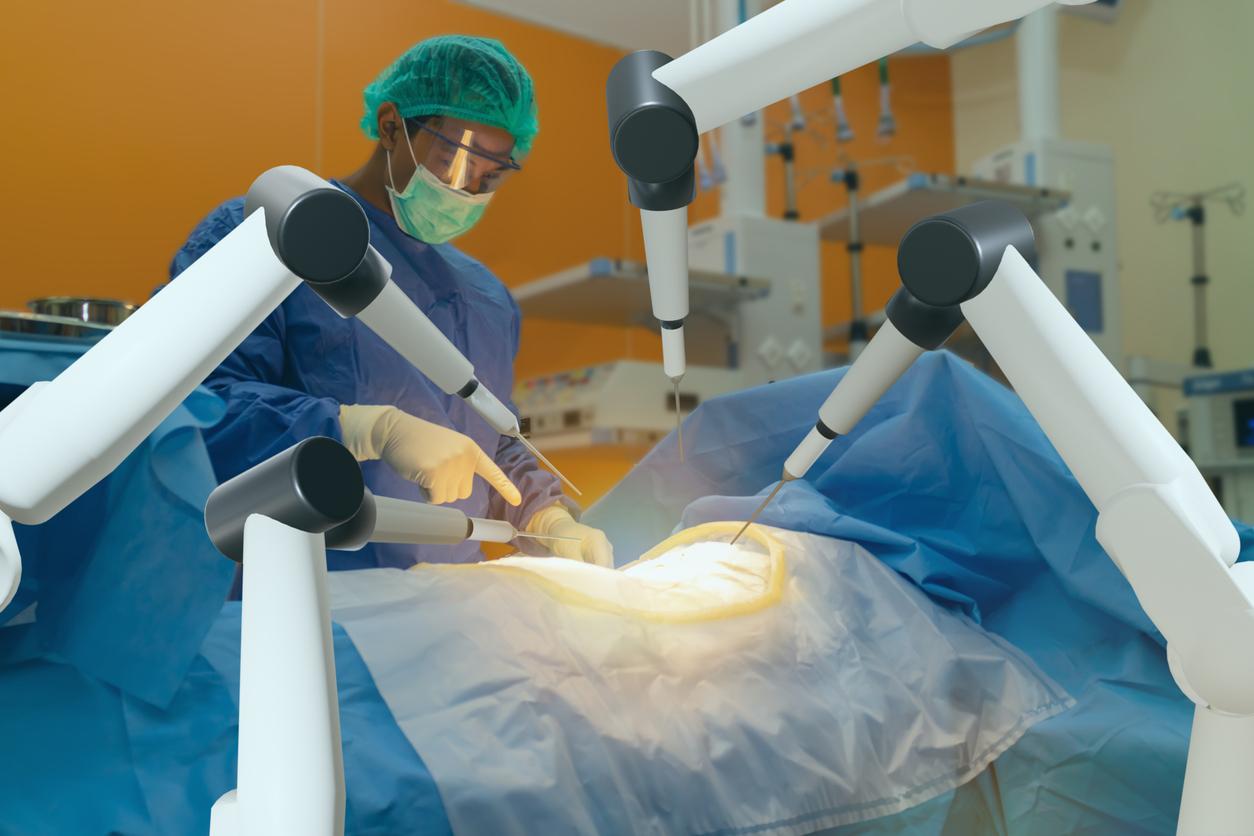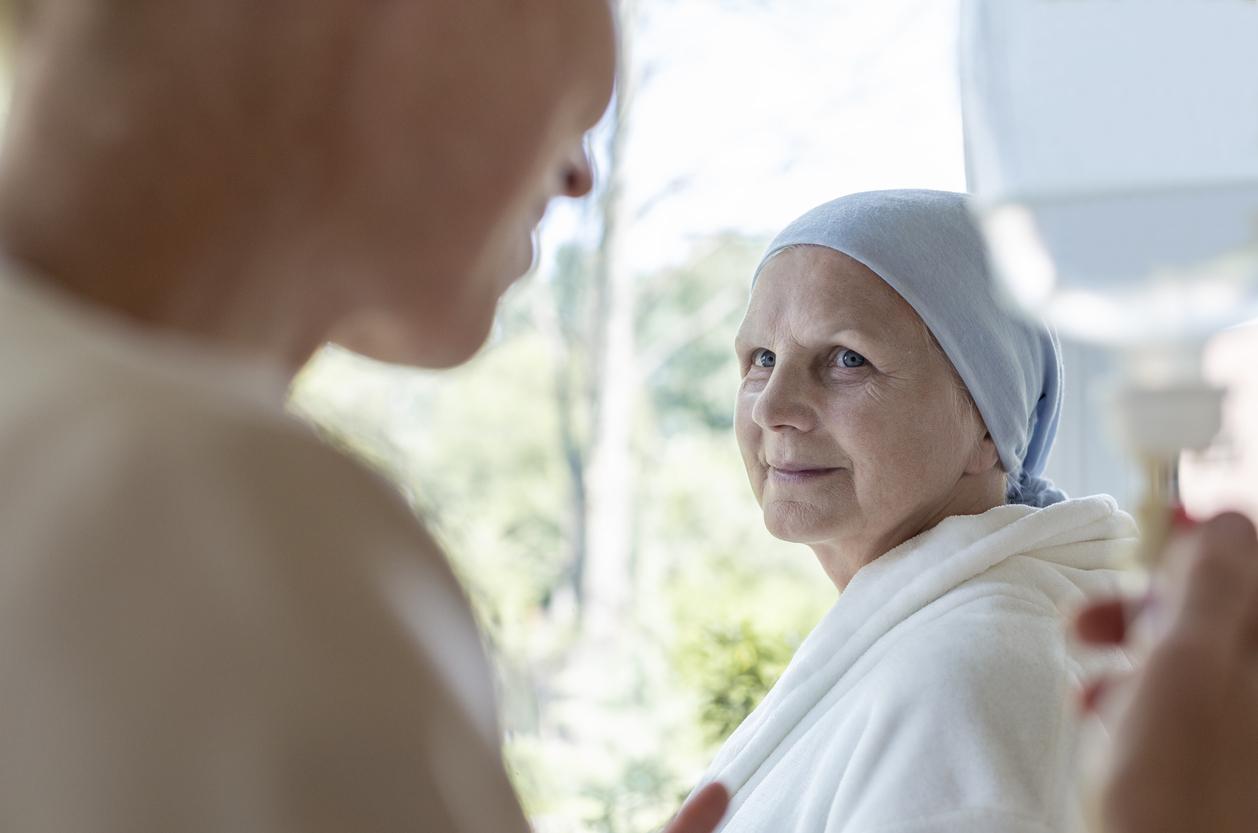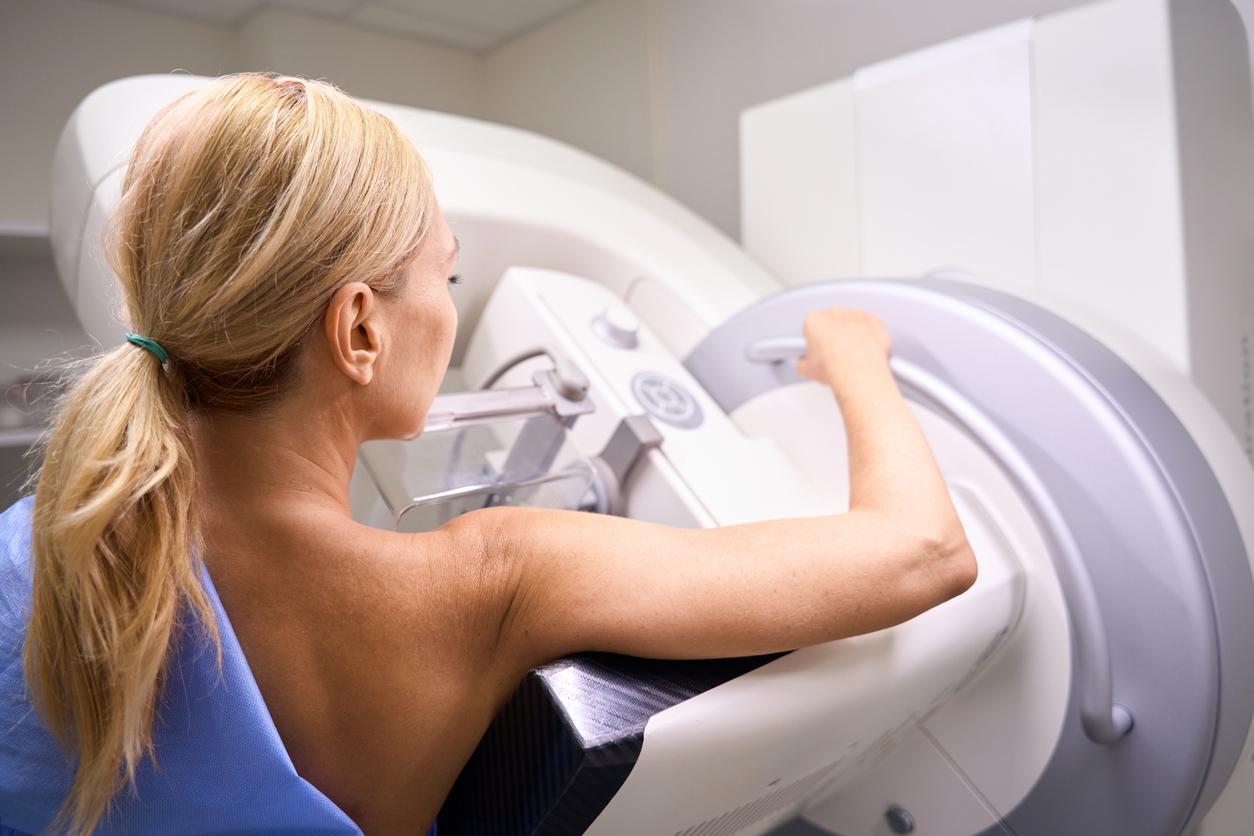The Nantes University Hospital acquired a robot to optimize the preparation of chemotherapy and improve the quality of life at work for preparers.

- Since October 2023, the Nantes University Hospital has used a robot to automate part of the chemotherapy.
- This robot represents an investment of 400,000 euros.
- In 2024, the robot will carry out around 20% of the 48,000 annual chemotherapy preparations carried out by the Nantes University Hospital.
Each chemotherapy prescription is individual. The oncologist prescribes the chemotherapy best suited to the disease and the patient’s general condition. The preparation of these treatments is therefore very delicate and requires great precision.
The Nantes University Hospital, the first university hospital to be equipped with the IRON 11 robot
In October 2023, the Nantes University Hospital was equipped with an IRON 11 robot to automate the preparation of chemotherapy. This machine, equipped with an articulated arm, prepares some of the medicinal solutions intended for chemotherapy protocols. In France, nearly seven robots are already present in health establishments, including three at the Gustave-Roussy cancer center. “We went to visit them and benefited from their feedback. A club of users of these robots should even be created this year. But the Nantes University Hospital remains the first University Hospital to be equipped with this technology!”explained Nicolas Cormier, head of the pharmacotechnics sector at Nantes University Hospital, in a statementpublished on October 5.
The IRON 11 robot is developed by the Italian company Loccioni. It represents an investment of 400,000 euros for health establishments. At the Nantes University Hospital, seven pharmacy technicians and four pharmacists were trained in its use.

IRON 11 robot: a “reduction in preparation times” for chemotherapy
One of the objectives of the robot is therefore to improve the quality of life at work for preparers, by reducing repetitive tasks. “Health safety is such that manipulations are carried out with three pairs of gloves, arms outstretched, through a protective glass. This is restrictive and can generate musculoskeletal disorders (MSD) for people who are ‘take care of it’described François Rondeau, head of the public health and pharmacy center at Nantes University Hospital, to 20 minutes.
Thanks to an optical reading system, the robot recognizes the products to be used for the preparation of chemotherapy. According to the Nantes University Hospital, the robot allows “drastic reduction in repetitive gestures, to “reduce preparation times” chemotherapies andto anticipate certain types of support”. His arrival allowed a volume of work equivalent to two to three full-time pharmacy technicians. “The robot is extremely precise and reliable. Getting to grips with the tool was also quicker than we imagined. This is real progress in a context where the need for chemotherapy is increasing in our country by an average of 6% each year”, noted Nicolas Cormie. However, the robot is not intended to replace operators. “He cannot act alone. He needs a person constantly with him to supply and direct him. It is the creation of a new profession”reassured the specialist.
The Nantes University Hospital team estimated that the robot would carry out around 20% of the establishment’s 48,000 annual chemotherapy preparations in 2024. In the future, the specialists are aiming for 40%. “In the longer term, consideration is being given to using this technology for the preparation of other injectable medications (antibiotics, opioids, etc.) and thus giving back time to care,” underlined Nicolas Cormier.















